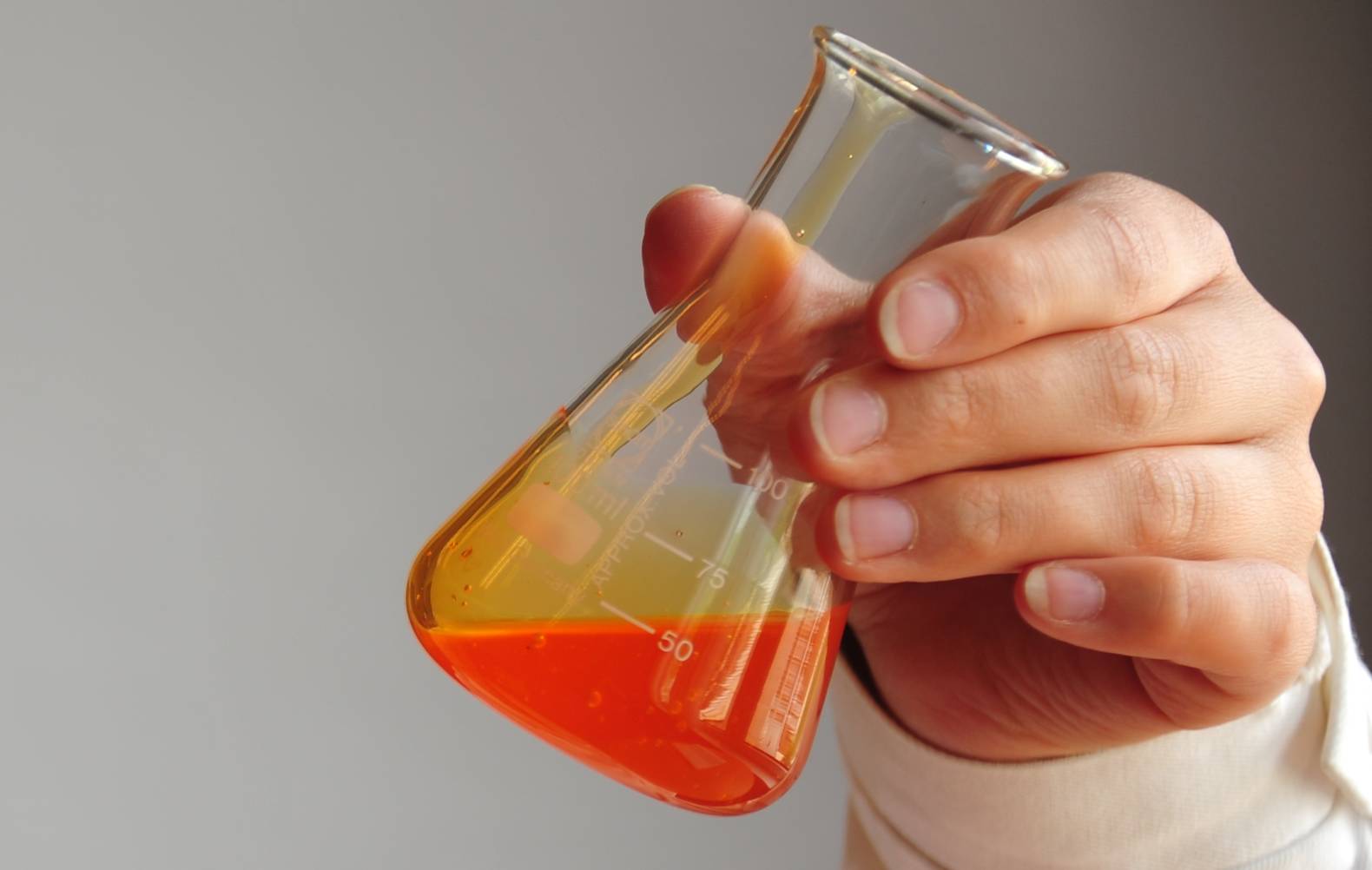
DETERMINATION OF Y-VALUE AND XANTHATE GROUP DISTRIBUTION ON VISCOSE BY LIQUID-STATE 1H NMR SPECTROSCOPY
A New method for the determination of the γ-value and more importantly the distribution of xanthate groups on cellulose xanthate produced during the viscose process by liquid-state 1H NMR.
Cellulose is the most abundant biopolymer in the world. As a renewable resource about a third of all plant material is cellulose and it is used in every area of our lives. A broad range of cellulosic fiber sources may be found in nature. The most common raw materials are cotton, wood, flax and cannabis. Today cotton is the most important natural fiber used in the textile industry worldwide. It is grown in countries with a warm climate and limited water supply. A draw-back is that cultivation of cotton requires large water consumption and an excessive use of pesticides, leading to massive environmental problems. Therefore, rayon (i.e. viscose) made from wood is a good alternative to cotton fiber. Especially viscose fibers leave a much lower water and carbon footprint compared to cotton.
For the production of rayon, cellulose is treated with sodium hydroxide resulting in alkali cellulose formation. The alkali cellulose is then treated with carbon disulfide to form cellulose xanthate, which is subsequently dissolved in dilute sodium hydroxide. This solution is called viscose. Finally the viscose solution is pumped through a spinneret into a dilute sulfuric acid bath, where cellulose is regenerated.
The number of xanthate groups (γ-value) and their distribution influence several properties of the viscose such as solubility, viscosity, filterability and spinnability. A new NMR method for determination of the γ-value and of the distribution of xanthate groups was developed.
Due to its not stable structure, viscose is not easy to analyze and not durable. The new method allows not only the analysis the viscose samples but also the comparison of viscose samples from different viscose factories.
Impact and effects
A new NMR method for the determination the number of xanthate groups and their distribution in viscoses works on real-world samples and that it is possible to measure the γ-value and substituent distributions at different time intervals during viscose process. This method allows the comparison of viscose samples from different viscose factories.





